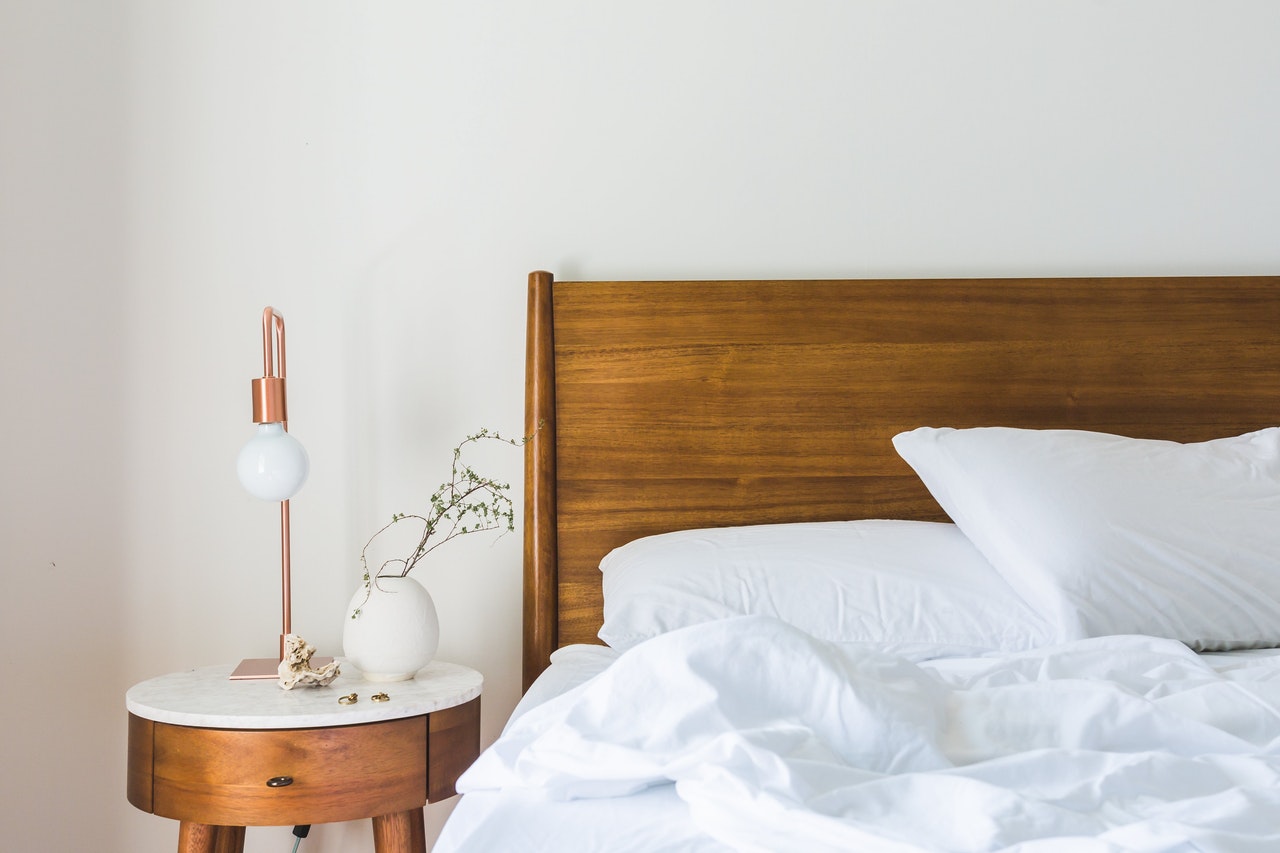A Short History of Mattresses
Many people take mattresses for granted because they are so common. However, if it were not for a few sets of innovations, the mattresses of today could’ve looked significantly different. What many people may not know is that mattresses have come a long way. Mattresses long ago were made of straw, feathers, horsehair, leaves, and animal hides. In the modern age, technologically advanced mattress sleeping systems consist of various parts of latex and polyester fibers to coil springs and polyurethane foams.
Despite the fact that there is no one single mattress that would be perfect for all, the combination of technologies and materials can prove to be overwhelming when it comes to getting a mattress. Innovative designs and systems continuously manifest themselves, making the buying process even more difficult. In the same breath, the advancements still help to increase sleep comfort as well as to enhance the sleeper’s mental and physical well-being.
History
The oldest example of a prehistoric mattress that we have been able to find is thousands and thousands of years old. The ancient mattress was founded by scientists in South Africa and measured approximately 3 x 6 feet. It was an inch thick and consisted of layers of rushes and reeds. Scientists also proclaim that during these times, homo sapiens used mattresses which consisted of additional plants that naturally repelled insects such as flies and mosquitoes.
As the human species evolved, their mattresses evolved with them. As early as 1000 BC, ancient Egyptians utilized raised surfaces made of wood for a bed frame. They raised their beds in an effort to protect themselves from snakes and other pests. Wealthier Egyptians used mattresses made of wool, linen, and ebony. In some instances, they would use a piece of stone or wood for neck support.
Fast forward to the medieval century where historians were able to show that mattresses of that time were stuffed with straw which were placed on a wooden bed box. However, it’s worth noting that this wasn’t widespread and the poor mainly slept on the ground by using piles of leaves or straw.
During the age of the Renaissance, ornate beds increasingly grew in popularity. The 18th century, in particular, is described as being the century of which modern beds were starting to take shape. During this time period, beds were typically decked out with expensive curtains and operated like a status symbol. In fact, King Louis XIV was rumored to have over 400 beds. It was also rumored that it would have been an honor just to visit and talk to him in his bedroom.
Modern Mattresses
By the 19th century, beds become much simpler and were able to be mass-produced for the very first time. This made them more affordable and accessible.
Thank goodness for modern mattresses and the present-day bed frames that hold them. The bed frames elevate the mattresses and are now strong, simple, and can have storage.
Living in today’s world, we have such a variety of mattresses to choose from. Below are just a few options.
Innerspring
Innerspring mattresses are widely regarded by historians as being the first modern-day type of mattress. These types of mattresses were filled with wood, down, and hay. It was invented in the 1870s by Berliner Heinrich Westphal. This type of mattress gave sleepers a springy yet firm mattress that as able to withstand compression.
Even though these types of mattresses were not popular at first, they eventually started trending in the 1930s and remain popular to this day. Modern-day innerspring mattresses come in a variety of different coil types and feature various comfort layer materials.
Latex Foam
Latex is produced by using sap from rubber trees. Latex foam was used to create the first latex mattress in 1920. The process of turning latex to foam gave latex mattresses unique cushion qualities that can’t be found in other types of mattresses.
Viscoelastic Polyurethane Foam
Viscoelastic polyurethane foam, or memory foam as it’s commonly known, was actually invented by NASA during the 1970s. The purpose of memory foam was to provide better cushioning as well as to increase crash protection for people who used the airlines. By the 1980s, NASA introduced memory foam mattresses to the general public. Today, memory foam is commonly utilized by homeowners and hospitals for individuals who are immobile.
Waterbed
Some historians proclaim that the first waterbed was developed in 3400 BC by the Persians. Back then, they filled them with goat skins and water. There are also artifacts from the early 18th and 19th century which show that waterbeds are not new. However, the modern-day waterbed was invented by Charles Hall during the 1960s. By 1990, waterbeds were responsible for 20 percent of all mattress sales. In today’s world, it accounts for approximately eight percent of mattress sales.
Whatever you decide to sleep on, just get that important sleep. We are fortunate to have so many great mattresses to choose from to help us on our sleep journey.


